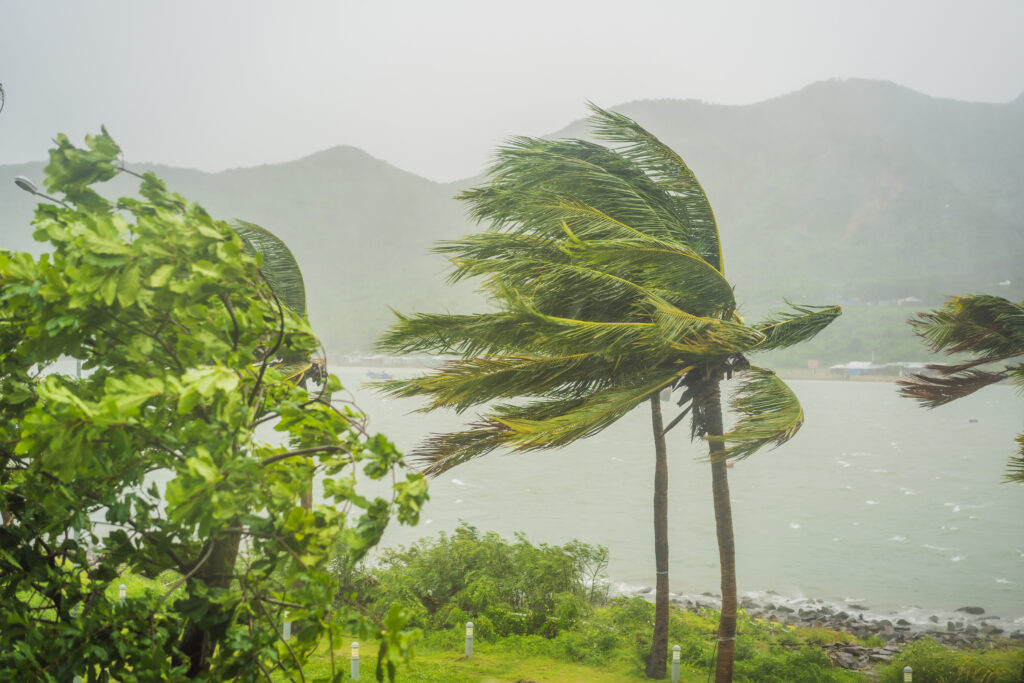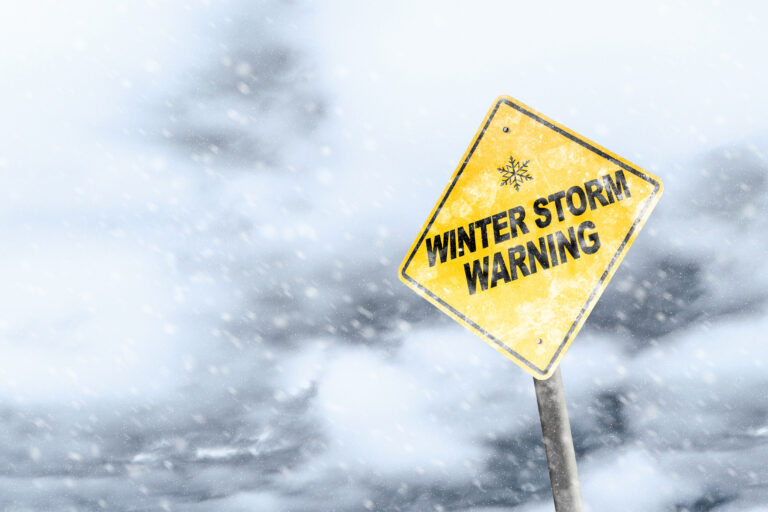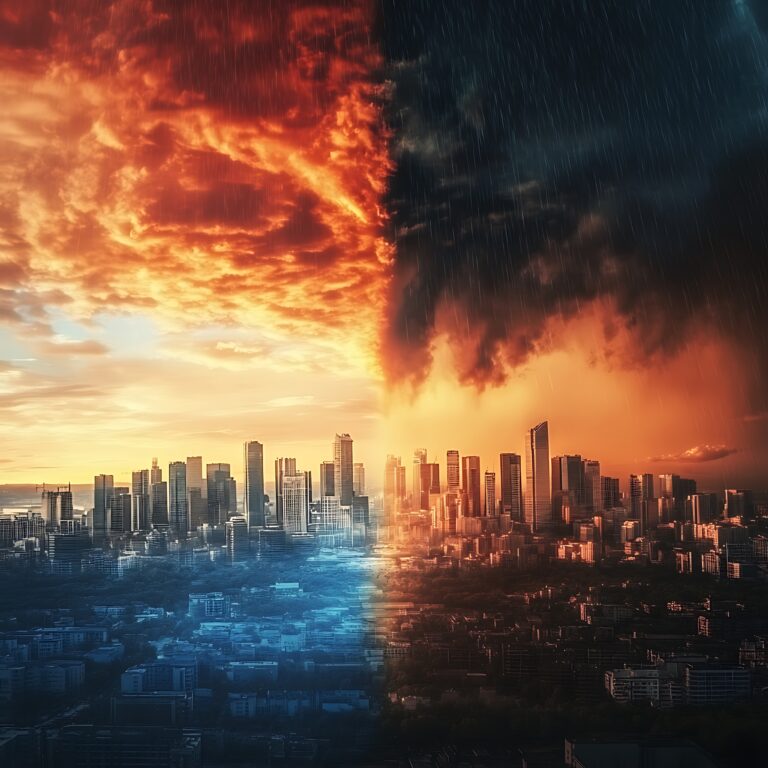Wind Isn’t the Only Threat
When most people hear the term “tropical storm,” they often breathe a sigh of relief—after all, it’s not a hurricane, right? But tropical storms can be just as dangerous, even without hurricane-force winds. From flooding rains to deadly storm surge, these systems are often underestimated, despite their potential to cause serious damage and disruption.
The primary difference between a tropical storm and a hurricane is wind speed. A tropical storm has sustained winds between 39 and 73 mph, while a hurricane starts at 74 mph. But wind is only part of the equation. In many cases, the most dangerous and costly impacts come from rain and flooding, not wind. And on that front, tropical storms are more than capable of delivering devastation.
Flooding and Rainfall Can Be Catastrophic
Tropical storms tend to move slowly, and that sluggish pace means they can dump incredible amounts of rain over the same area for hours—or even days. Flash flooding, swollen rivers, and urban drainage backups can all result from a tropical storm’s deluge.
Tropical Storm Imelda in 2019, for example, was never upgraded to a hurricane, but it dropped more than 40 inches of rain on parts of Texas and caused over $5 billion in damage. That storm reminded residents and emergency managers alike that rainfall—not wind—is often the biggest danger during tropical events.
Storm Surge and Coastal Flooding Still Happen
Even without hurricane-strength winds, tropical storms can push ocean water inland, especially during high tide. This storm surge can flood homes, damage infrastructure, and cut off evacuation routes. It’s a serious hazard that’s not exclusive to hurricanes.
Low-lying coastal communities are especially vulnerable to storm surge, and the risk increases when a tropical storm coincides with king tides or rising sea levels. In some cases, the flooding from storm surge is just as damaging as what might be expected from a Category 1 hurricane.
Tornadoes and Power Outages Are Common
Tropical storms can also spin up isolated tornadoes, particularly in the outer rain bands. While these tornadoes are often short-lived, they can still cause significant localized damage.
In addition, widespread power outages are common even with tropical storms. Strong gusts can bring down trees and power lines, leaving thousands without electricity—sometimes for days. With that comes challenges like spoiled food, limited access to communication, and disruptions to critical services.
Don’t Wait for a “Hurricane” to Take Action
One of the biggest dangers is complacency. When a storm is “only” a tropical storm, people may delay preparations or ignore evacuation recommendations. But as history has shown time and time again, tropical storms can be deadly, disruptive, and costly.
Emergency managers and meteorologists stress that every named storm should be taken seriously. If your area is in a tropical storm’s path, treat it with the same caution you would a hurricane: secure your home, gather supplies, monitor official updates, and be ready to act.
A Powerful Reminder That Every Storm Counts
Whether it’s a tropical storm or a major hurricane, any tropical system has the potential to bring destruction. Wind speed doesn’t always tell the full story—and sometimes, it’s the quieter storms that leave the most lasting impact.
So the next time you hear that a storm “isn’t a hurricane,” don’t let your guard down. Tropical storms may lack the headline-grabbing names and wind speeds, but they can still turn lives upside down.


